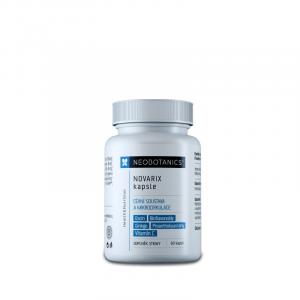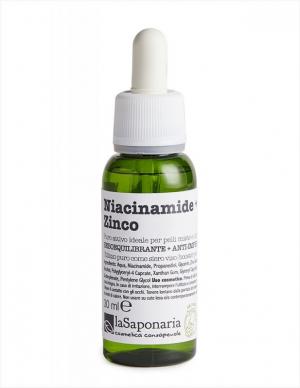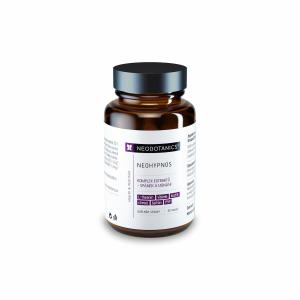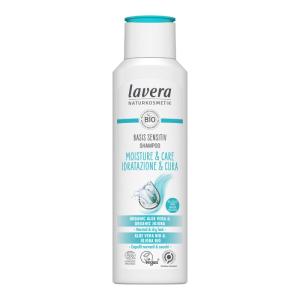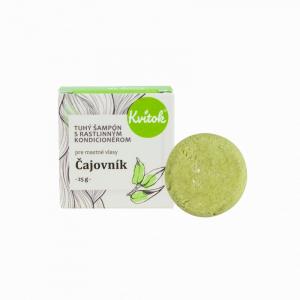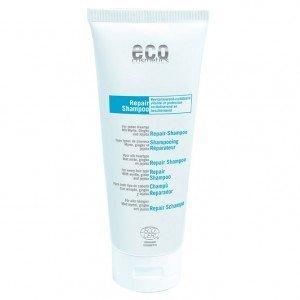
How Red Light Can Change Your Life (for the Better)

What is red light?
Red light is an increasingly popular method of alternative therapy used to treat various health issues, from improving skin condition to alleviating pain and inflammation. Red light offers a wide range of benefits. This article focuses on what red light is, how it works, and what its main health benefits are.
It is a type of light therapy that utilizes specific wavelengths of light to penetrate the skin and tissues. Scientific studies show that red light with a wavelength of 600-650 nanometers has a unique ability to penetrate deeper layers of the skin, where it stimulates cellular activity. This stimulation can promote cell regeneration, improve blood circulation, and reduce inflammation.
Try our natural products
How does red light work?
When the skin is exposed to red light, the light penetrates the cells and is absorbed by the mitochondria, which are often referred to as the energy factories of our cells. This process increases the production of ATP (adenosine triphosphate), which is a molecule that carries energy within the cells themselves. Higher levels of ATP can enhance cellular function and regeneration, leading to a range of health benefits.
Main health benefits of red light
One of the most discussed benefits of red light is its ability to improve skin condition. Red light therapy can help reduce wrinkles, fine lines, and scars by promoting collagen and elastin production. Collagen is a protein that provides skin firmness and elasticity, while elastin helps maintain skin resilience.
Collagen and elastin are key components of healthy skin. With age, the production of these proteins decreases, leading to sagging skin and the formation of wrinkles. Regular exposure to red light may slow down and even reverse this process, resulting in a more youthful appearance. Some studies suggest that red light therapy may also help treat acne and other skin issues due to its anti-inflammatory effects.
Another significant benefit of red light is its ability to reduce inflammation and pain. Studies show that red light therapy can be effective in treating pain in joints, muscles, and inflammatory conditions such as arthritis. Red light can improve blood circulation and accelerate the healing of damaged tissues, contributing to quicker pain relief.
Inflammation is a fundamental response of the body to injury or infection, but chronic inflammation can lead to various health problems. Red light can modulate inflammatory responses and help the body restore balance. This effect is particularly beneficial for individuals suffering from chronic pain or autoimmune diseases.
Try our natural products
Red light can also accelerate wound healing and improve tissue regeneration. Due to increased ATP production and stimulation of cellular activity, red light can facilitate faster healing of wounds, burns, and other skin lesions.
This process is important not only for cosmetic purposes but also for supporting overall health. Faster wound healing can reduce the risk of infection and other complications. Some clinical studies have shown that red light can shorten healing time by up to half, which is especially useful for patients recovering from surgeries or injuries.
There is also evidence that red light can positively affect mental health. Red light therapy can improve mood, reduce symptoms of depression and anxiety, and enhance sleep quality. All this is due to red light's ability to influence the production of melatonin and other hormones that regulate sleep and mood.
Sleep plays a crucial role in overall health and well-being. Melatonin is a hormone that regulates sleep and wakefulness, and its production can be influenced by light conditions. Red light may contribute to a more balanced production of melatonin, leading to better sleep and rest.
Try our natural products
Another interesting benefit of red light is its support for hair growth. Red light therapy can stimulate hair follicles, leading to thicker and stronger hair. This method is becoming increasingly popular among people suffering from hair loss or thinning.
Hair follicles are sensitive to light and can respond to specific wavelengths, which leads to their activation and stimulation of growth. Some studies show that regular use of red light can improve hair density and reduce shedding. This therapy can be effective for both men and women suffering from androgenic alopecia or other forms of hair loss.
Try our natural products
How to use red light at home
Thanks to advancements in technology, it is now possible to enjoy the benefits of red light from the comfort of home. There are already devices available on the market that utilize red light, including lamps, panels, and masks. When using these devices, it is important to follow the manufacturer's instructions and not exceed the recommended doses to avoid skin irritation or other unwanted effects. Using red light at home can be simple, convenient, and effective. Here are some tips on how to get started:
Choosing a device: Various devices utilizing red light are available on the market, including LED panels, lamps, and masks. Choose a device that best fits your needs and budget.
Following the instructions: Each device has specific usage instructions. It is important to adhere to the recommended exposure times and distance from the device to ensure the therapy is effective and safe.
Regularity: To achieve the best results, it is important to use red light regularly. Most studies recommend exposure 2-3 times a week for 10-20 minutes.
Consulting a professional: Before starting red light therapy, it is always a good idea to consult with a doctor or a light therapy specialist, especially if you have health issues or are taking medication.
Red light represents an effective and safe method to support health and well-being. From improving skin condition to alleviating pain and promoting wound healing, red light offers a wide range of benefits that can enhance the quality of human life. With the easy availability of devices for home use, everyone can try red light therapy and take advantage of its benefits.



